Christian Dupont reflects on the personal and political desires conveyed in two cartoons by Grace Gifford Plunkett
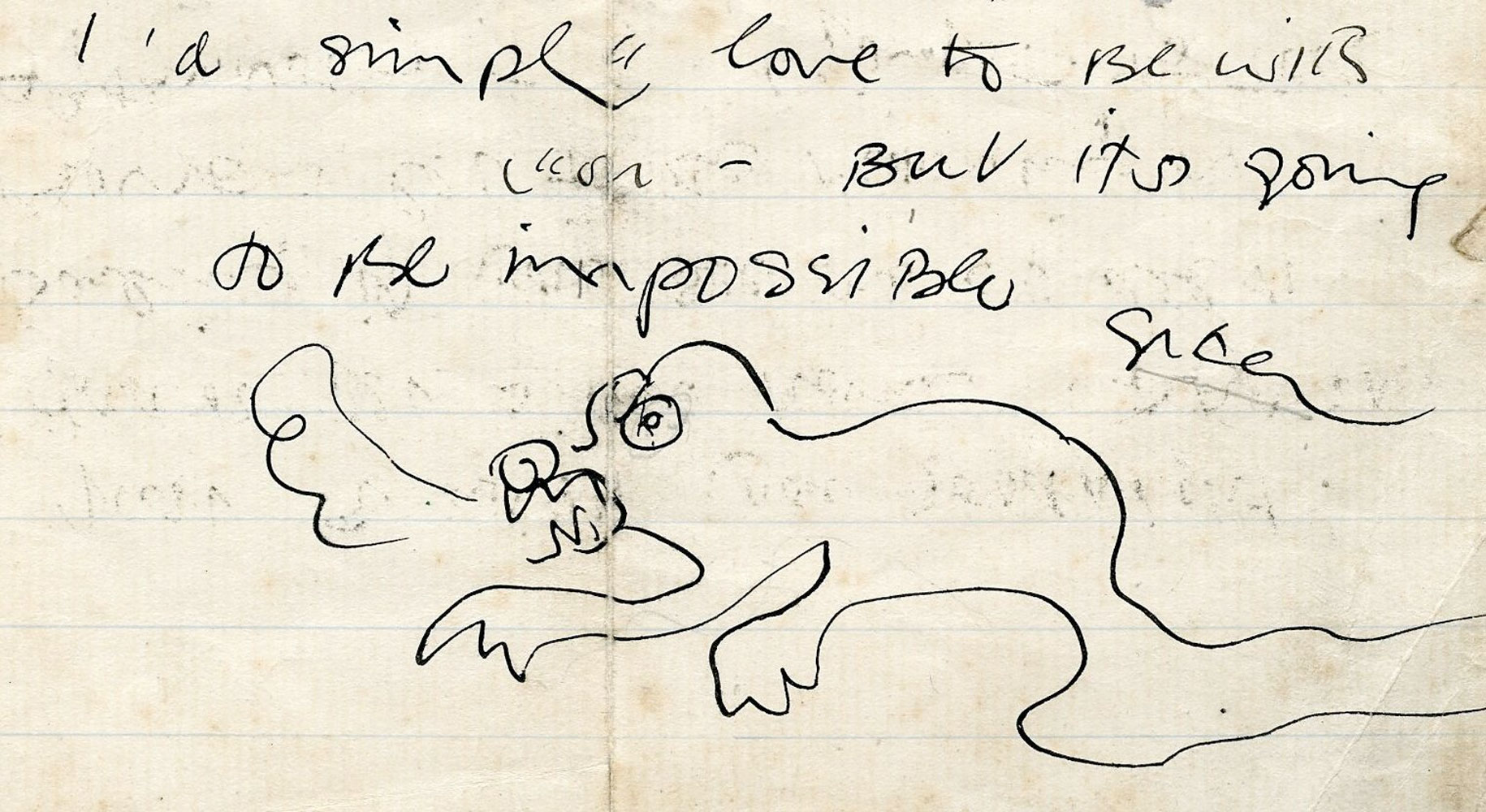
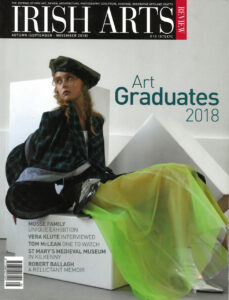
William Orpen posed his promising student Grace Gifford as a model for his Young Ireland series and the biblical Ruth, but more typically, she has been memorialized as the tragic bride of Joseph Mary Plunkett, whom she married hours before his execution in Kilmainham Gaol for his role in the Easter Rising. She was, or rather became, an activist and artist in her own right, combining both propensities in her clever and widely circulated cartoons. Hilary Pyle paid her fitting tribute in the Irish Arts Review Summer 2014 edition. Recent rediscoveries and acquisitions by Boston College’s Burns Library provide additional sources for appreciating Gifford’s canny character and caricatures.
During the 50th anniversary of the Rising, the Belfast News Letter published a photo and story of a letter that the journalist estimated was Gifford’s last surviving message to her fiancé, written two days before the GPO takeover.
‘I’d simply love to be with you – but it’s going to be impossible’, she concluded, adding a sketch of a ravenous dragon to the bottom of her note. As simple and animated as Picasso’s line drawings of doves, the doodle recalls a poem Plunkett wrote to her two weeks prior: ‘The joy of Spring leaps from your eyes / The strength of dragons in your hair’.

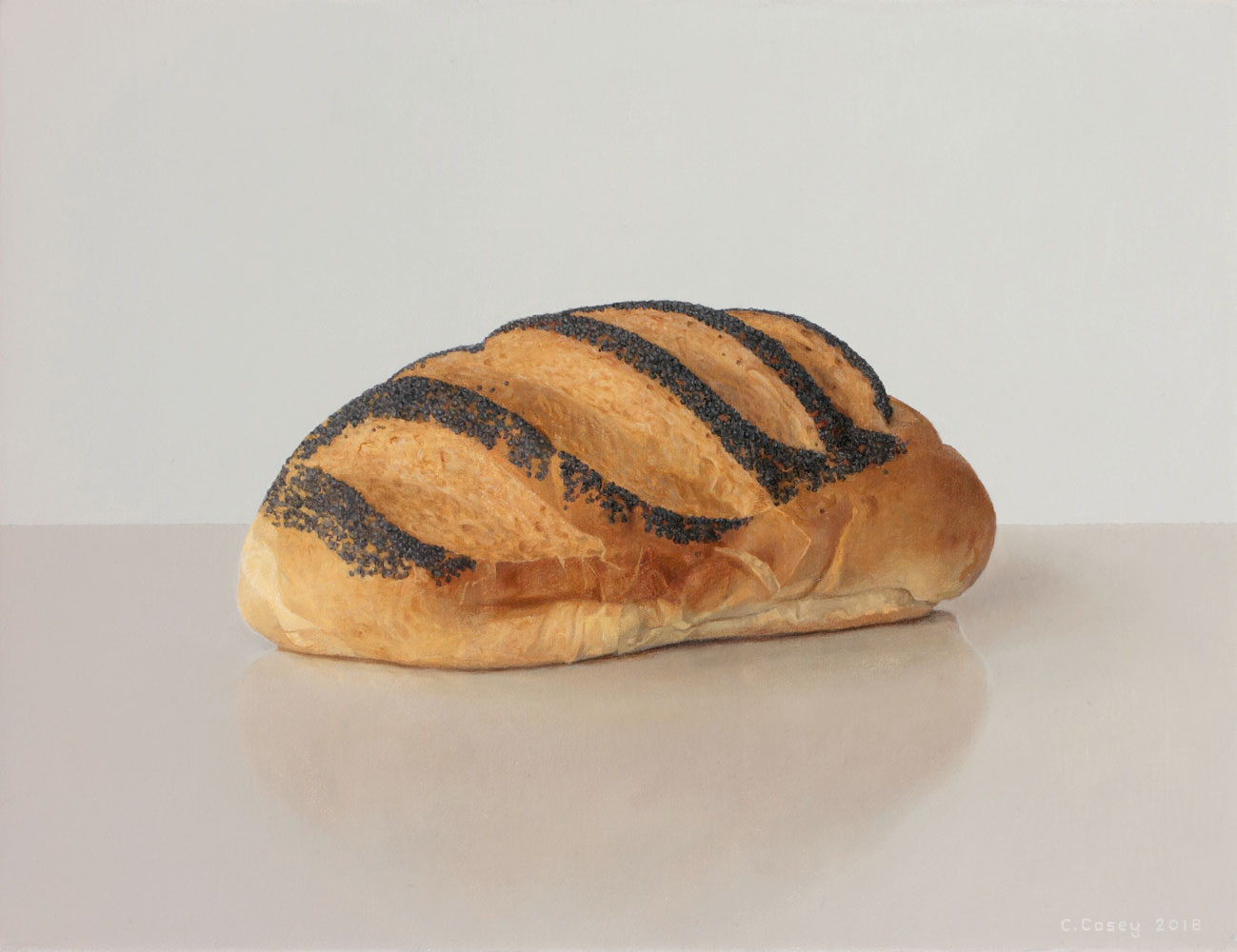
Comhghall Casey is a keeper of ordinary things made extraordinary through his art, writes Isabella Evangelisti ahead of his exhibition at Solomon Fine Art this autumn
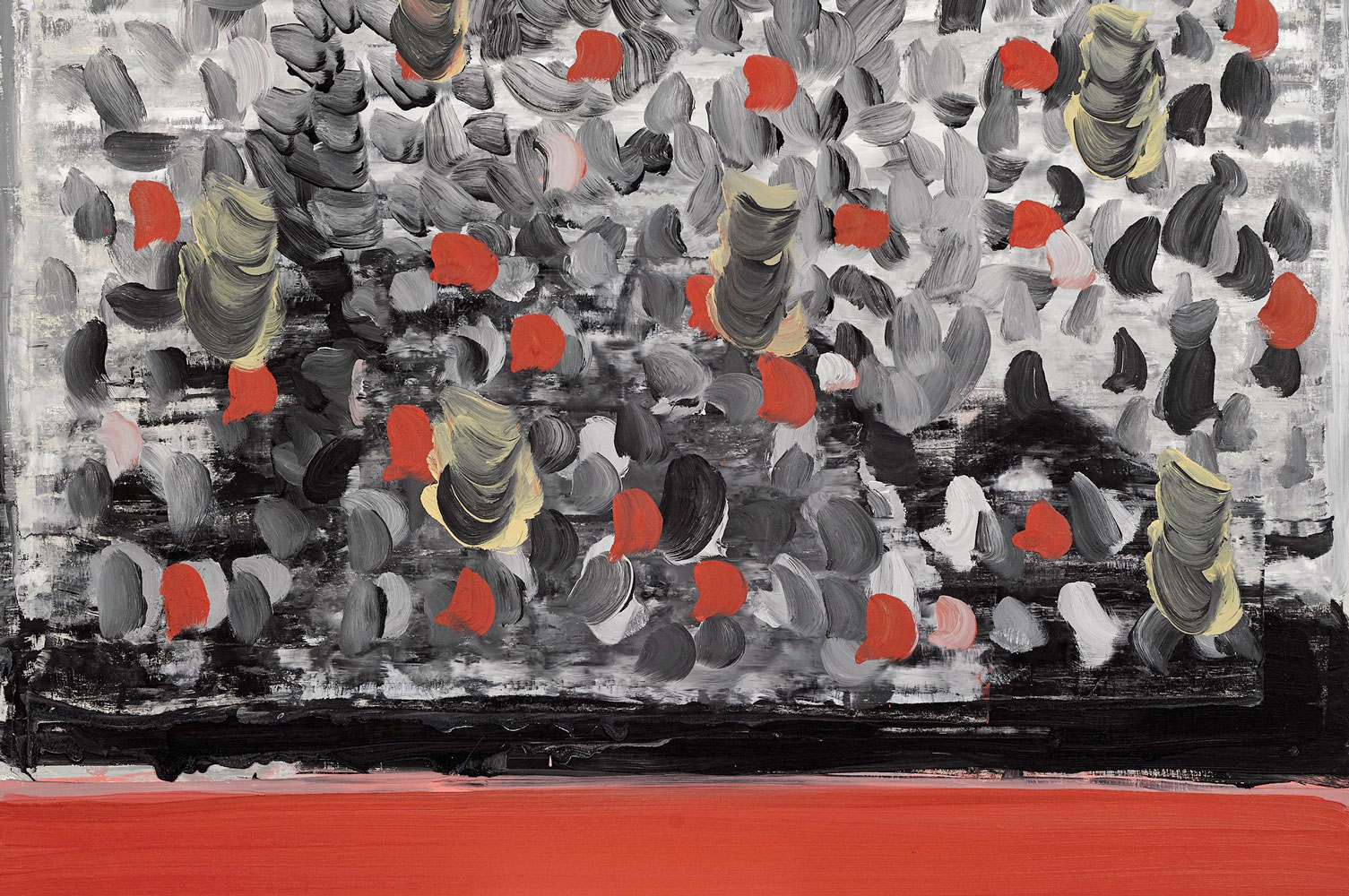
Recently elected ARHA Sinéad Ní Mhaonaigh is proof that the outward appearance of Academicians may change but the concern with discipline remains constant, Niamh NicGhabhann reports
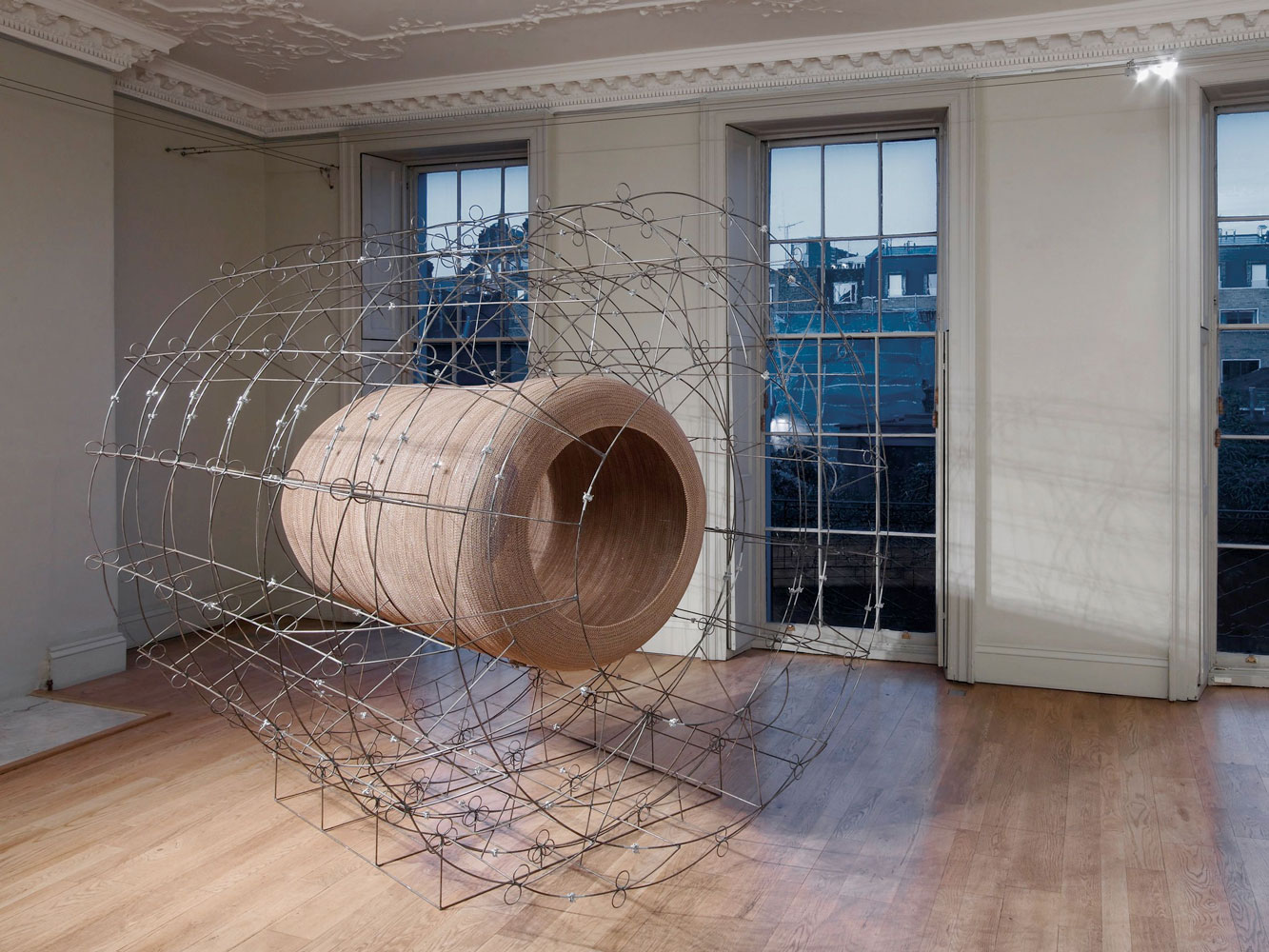
Maud Cotter’s sculptures loom large without being monumental, writes Sarah Kelleher ahead of the artist’s exhibition at Limerick City Gallery of Art this autumn